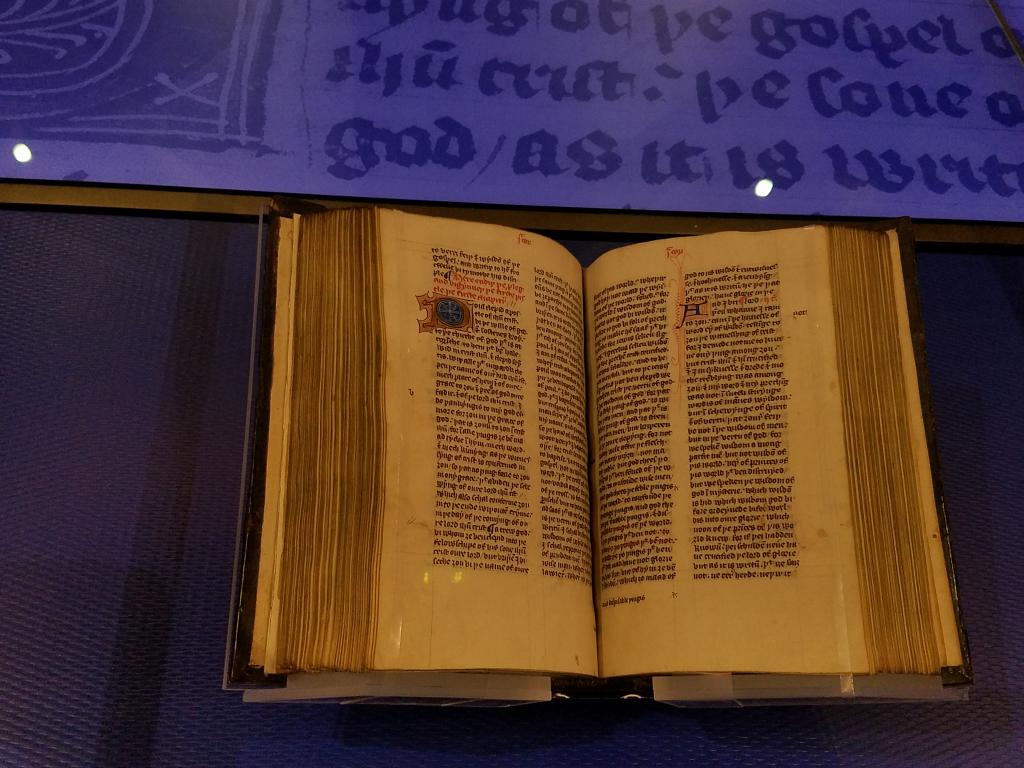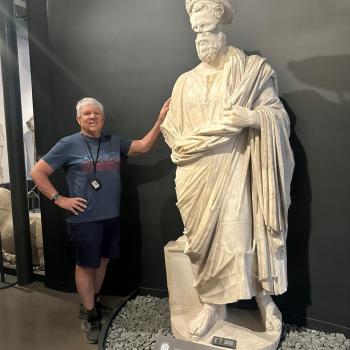Here’s a helpful post by my friend Larry Hurtado on the early history of the Codex.
Typology of the Early Codex, Turner
by larryhurtado
A couple of weeks ago I mentioned that Wipf and Stock were bringing out a reprint of the classic study by Eric G. Turner, The Typology of the Early Codex (Eugene, Oregon: Wipf & Stock, 2011; ISBN 978-1-61097-008-2; orig. ed., 1977), and at an impressively cheap price ($22 US). My own copy arrived yesterday, and I’m pleased to have one at last. It was out of print for many years, so one had to find a library copy where one could. Used copies were on Amazon, etc., at ridiculous prices. So, what have Wipf and Stock done for us?
In fact, all that you could realistically want, and at an unbelievably decent price. It’s paperback, naturally, but this is an edition for individuals, not libraries. They seem to have reduced the book-size somewhat, so the margins are really thin. But the important point is that the book is all there and in a clear and very legible reprint of the original. (The photos of manuscripts have lost something in the reprinting, but they were only really illustrative.)
This volume remains essential for any serious student of early manuscripts, Christian or non-Christian. It remains unrivalled and (sadly) without a successor. Turner was unexcelled as a papyrologist and expert in Greek palaeography, so his judgments are always weighty and departed from with peril. The heart of the book is a valuable (and unique) table of some 500 codices of literary texts, giving the contents, writing material, dimensions of the writing area and the manuscript-page, approx. date, number of columns, and number of lines per page. The table includes pretty much all codices published up to November 1973. A goodly number have appeared since then, but no one has produced an updated table (a project for someone).
In addition, the book comprises chapters based on lectures Turner gave at the University of Pennsylvania, and these too are observations from a master in the field. Chapter 1: “Towards a Typology of the Codex”, the initial sentence: “The greatest benefactors of mankind are unsung and unknown–the inventor of the wheel, the deviser of the alphabet. Among their number we should place the inventor of the codex” (p. 1). Here Turner surveys various previous attempts to classify the body of ancient codices, and illustrates the problems and errors of some past work.
Chapter 1: “The Dimensions of Papyrus and Parchment Codices”, is a detailed study of the page-sizes of the large body of codices studied, Turner offering a proposed set of groupings of page-dimensions. His groupings are still referred to regularly in descriptions of newly-published codices.
Chapter 3: “The priority of Parchment or Papyrus?”. Turner here lays out reasons for re-considering what had been the common view that the codex-format began with parchment writing material. In Chapter 4: “Manufacture and Size,” Turner shows how and why parchment and papyrus codices have different dimensions.
Chapter 5: “How a Codex Was Made Up,” remains the best single concise description of the actual processes involved, with helpful drawings to illustrate matters. The chapter also includes lists of codices constructed variously (i.e., “single gathering”, or 2multiple-gathering” approaches). Chapter 6: “The Codex and the Scribe” addresses how scribes/copyists were involved in the use of a codex. Turner notes that a different skill-set was required of a copyist using a codex in comparison to a roll.
In the final chapter (7: “The Form and Date of the Earliest Codices,” Turner lays out his proposal that the size/dimensions of codices may reflect the rough dates of their composition. This is the key thesis that Turner wished to put forth, and it is sad that (to my knowledge) it has not really been fully tested subsequently.
But, whatever the validity of Turner’s hypothesis, the book gives an essential body of data that students of early Christianity should know about, especially those of us interested in early Christian texts and how they were used.













